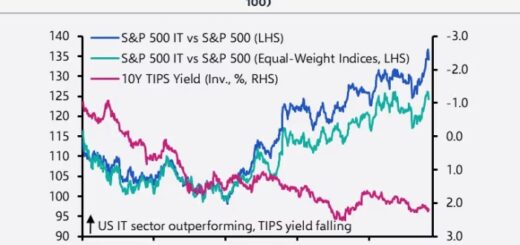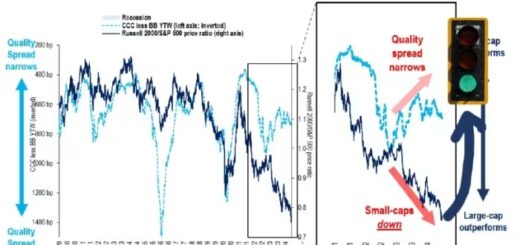U.S. Stock Futures Slip as Economy Continues to Show Resilience
U.S. stock market futures took a downward turn on Friday, concluding a challenging and shortened week with negative sentiment on Wall Street.
Here’s a breakdown of the current situation:
- Dow Jones Industrial Average futures (YM00, 0.00%) dropped by 60 points, a decline of 0.2%, settling at 34,789.
- S&P 500 futures (ES00, 0.02%) saw a reduction of 9 points, equivalent to a 0.2% decrease, closing at 4,447.25.
- Nasdaq-100 futures (NQ00, 0.01%) experienced a decline of 38.50 points, marking a 0.3% drop, and ending at 15,438.75.
In the previous trading session, the Dow Jones Industrial Average (DJIA) managed to gain 58 points, representing a 0.2% increase, while both the S&P 500 (SPX) and the Nasdaq Composite (COMP) recorded declines.
The S&P 500 has now closed lower for three consecutive sessions, resulting in a total retreat of 1.4%. Nevertheless, it has still demonstrated a substantial gain of nearly 16% year-to-date.
Factors Influencing the Market:
- Several Federal Reserve officials signaled on Thursday that a rate hike in September is unlikely, although some, including Dallas Fed President Lorie Logan, suggested that further rate increases might become necessary later on.
- New York Fed President John Williams expressed contentment with the current interest rate levels but emphasized the importance of closely monitoring data to manage inflation effectively. Chicago Fed President Austan Goolsbee suggested that the Fed may be nearing the end of its interest rate hikes aimed at curbing inflation.
- A surprise decline in weekly jobless benefit claims, similar to levels seen in mid-February, was reported on Thursday. This followed a robust reading of a services sector activity gauge, which unsettled investors who were expecting a gradual economic slowdown to dampen inflation.
- Institutional investors have been increasingly nervous about the rapid pace of economic improvement and its potential implications for Fed actions. Tom Lee, Head of Research at Fundstrat, noted this concern among investors.
- Apple’s stock (AAPL, -2.92%) remained stable in premarket trading, despite a recent 6% decline due to concerns about Chinese government restrictions on iPhone usage. This situation had a ripple effect on the broader market.
- Notably, there were no significant economic or corporate releases scheduled for Friday. The main event was the scheduled speech by San Francisco Fed President Mary Daly at 11 a.m. Eastern. Fed Vice Chair for Supervision Michael Barr delivered a speech at a payments conference at 9 a.m., and the quarterly financial accounts of the U.S. were set to be released at noon.
- Looking ahead, the consumer-price index for August was scheduled for release on the following Wednesday.
Highlighted Companies:
- DocuSign Inc. (DOCU, -1.23%) saw its stock rise by nearly 3% in premarket trading after the e-signature company exceeded earnings expectations and raised its guidance, despite ongoing challenges in business spending.
- Smith & Wesson Brands Inc. (SWBI, -3.04%) reported a significant 35% increase in quarterly sales, leading to a more than 12% surge in shares of the firearms manufacturer.
- RH (RH, -1.28%), formerly known as Restoration Hardware, experienced a decline as the company issued a warning about the uncertain prospects of the higher-end housing market it relies on.




